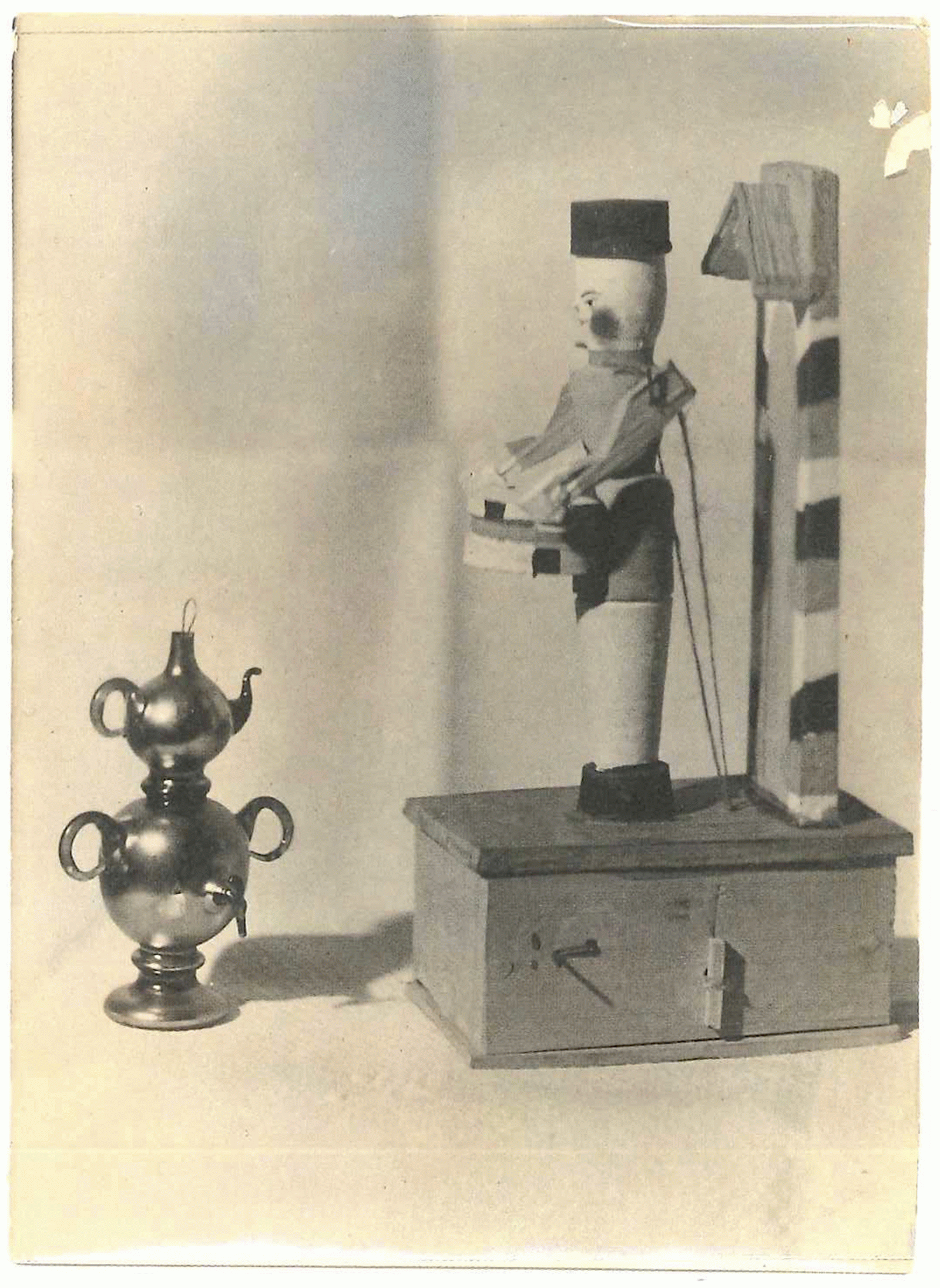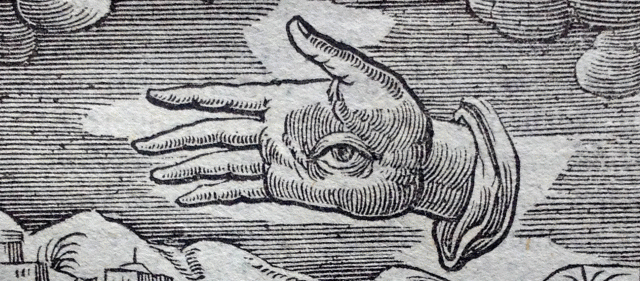Workshop
Picture Collections as Food for Thought. Materialisms, Realisms, Art (1900–1960)
organized by Carolin Behrmann (Minerva Research Group "The Nomos of Images. Manifestation and Iconology of Law") and Steffen Haug (Arbeitsstelle Aby Warburg-Edition am Institut für Kunst- und Bildgeschichte der Humboldt-Universität zu Berlin)

A materialistic theory of art evolved in the first half of the twentieth century, one that was informed by Karl Marx's historic criticism but also drew upon contemporary art historical methodologies and the emerging cultural sciences in order to broaden them. After earlier approaches by Eduard Fuchs, it was Max Raphael, Walter Benjamin and Frederick Antal in particular who addressed art's economic and social developmental conditions to use this as a foundation to develop a materialistic concept of art.
With the critique of the established canon, the phenomenal domain of art history also expanded: along with nameless and everyday objects of mass production, there was a sharper focus on folk art, photography and film as well as marginalized genres such as caricature, grotesque and erotica.
Since these types of objects were rarely on hand in institutional or museum inventories, there were efforts to organize the seemingly endless materials to be examined via private collections and endeavors at systemization. There were also efforts to expand the existing museum narrative with respect to the new "materialistic theory of art". This two-part workshop will address these objects and the theories and ways of thinking derived from them while also examining how these new theories and mindsets resolutely distanced themselves from the positivistic technique of accumulating knowledge in order to critically challenge aesthetic categories. Which genres, images and forms does materialistic aesthetics deal with? What epistemological interests governed this process? Put another way: How does this theory develop from and with the perception of its objects? What are the characteristics of the reasoning arising from a privately compiled collection? What in turn are the characteristics of an art history relating to museum collections and displays?
In order to enable a classification of the materialistic approaches within the methodological history of aesthetics, other disciplines will be drawn upon (anthropology, ethnology, philosophy, psychology, law) that since the nineteenth century have also made use of collections of mass-produced images with which they cultivated a specific concept of history. In addition to originals in museums and collections, scientists also had at their disposal a previously unprecedented abundance of images with the new technical replication media/procedures that followed. These included photographs and castings as well as illustrated newspapers, extensive portfolios, books on the history of art and popular graphic arts as well as film. In this process, collections are intellectually developed in a variety of ways: while many researchers became active collectors themselves, others referenced images through descriptions and annotations or thought up imaginary constellations, developing their theories alongside the contemplation of these imaginings. How significant is one’s own graphic or pictorial practice for the creation of theories, or even involvement with contemporary art?
The workshop will consider various material and pictorial collections of the twentieth century and map out how these were compiled on the basis of theoretical assumptions and how these assumptions reflected back on the collections. The selection of objects and their arrangement as a working foundation should receive just as much attention as the theories drawn from them. This will also take into account biographical, historical and political circumstances under which collections were established or even thwarted. Those techniques that came into being as alternatives due to persecution and exile as well as political marginalization will be juxtaposed with the established instruments of knowledge generation.
The workshop is conceived as a critical approach to a historical field of which the constellations, issues and problems have remained relevant in today’s debates about "new" realism, materiality and objecthood.
Downloads
Partners
In cooperation with
07 – 08 December 2016
Kunsthistorisches Institut in Florenz
Max-Planck-Institut
Palazzo Grifoni Budini Gattai
Via dei Servi 51
50122 Firenze
Notice
This event will be documented photographically and/or recorded on video. Please let us know if you do not agree with the Kunsthistorisches Institut in Florenz using images in which you might be recognizable for event documentation and public relation purposes (e.g. social media).



